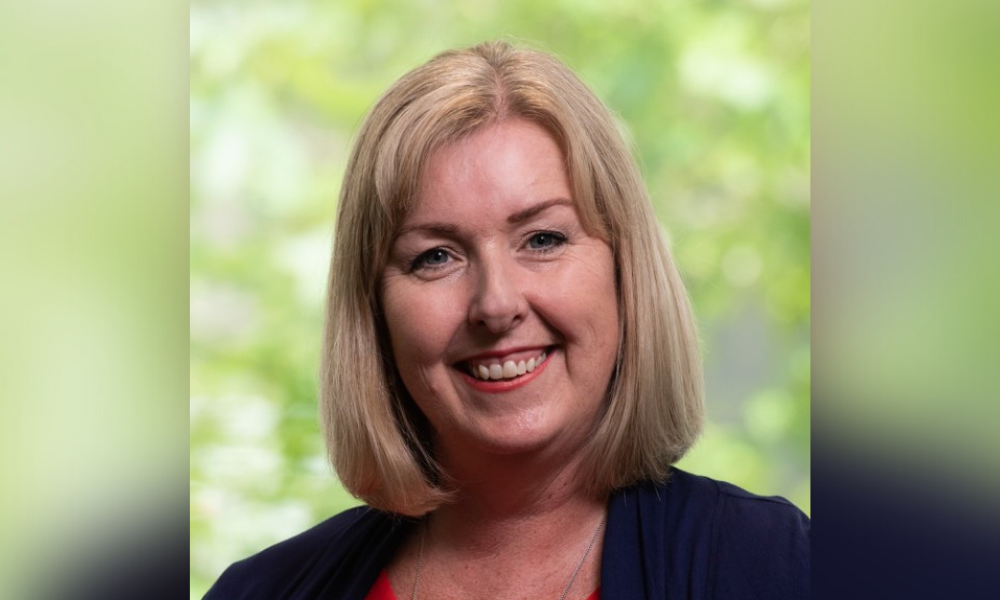
HR leader reveals her two key traits in building a workforce

The hardest transition in business is to build from a small company to a big company. Making that leap of faith can be both daunting and financially constraining. There is also the added complication of industries changing rapidly. New products making way for old and even new ways of living with technology that weren’t around as little as five years ago.
The postal services is a great example. Very rarely do we use traditional mail for anything these days, which caused a drop in revenue for government-owned postal services around the world, however, with the advent of online shopping, a new revitalised revenue of stream of parcel delivery came into play providing significant revenue growth. Even existing companies need to evaluate, re-position and regrow to remain relevant.
“I believe there are two key traits in building a workforce,” Monica Ayers, chief people officer, NZ Post – and speaker at our upcoming HR Leaders Summit, told HRD. “You need a strong sense of company identity, meaning making the statement of, ‘who we are’ combined with the aspirational vision of ‘who we want to be when we group up’. Back in 2021, NZ Post relaunched both our brand and our company values, and this has given us a strong platform for our identity as an employer. We also have a clear business transformation strategy which is tied closely to our people strategy and plans.”
NZ Post has gone from losing approximately $NZ 50 million in 1987-88 to generating nearly $NZ 825 million in turnover in 2020. This is a stark turnaround for a business that saw its main form of revenue, mail postage, decline during this time.
“It’s critical to build people intel and insights to inform strategic workforce planning and execution,” Ayers added. “Without this we risk making decisions based on past experience rather than current workforce information and trends. Workforce information needs to be given the same priority as financial information as I believe people planning has the same criticality as financial planning.
“Building a workforce isn’t human resources job. It’s a joint accountability for the senior leadership team, so an engaged executive is another key trait. At NZ Post the executive team talks about people stuff a lot, working together to understand the talent implications of different decisions, and being clear on the workforce we need for the future. People are at the heart of any business strategy, so it’s important the senior human resources leader is a strategic business partner and advisor to executive colleagues. This requires continuously scanning the external business environment and keeping an open mind to the new and different - not getting stuck in the past of how we’ve always done things.”
Having a clear strategy helps too. One that is embedded across the organisation gives everyone focus and understanding of what the business is trying to achieve.
“Draw clear lines between the business strategy and the people strategy,” Ayers said. “Then turn the strategy into operational and tactical workforce plans. This requires a collaborative way of working between HR and the business. You also need to focus on building the infrastructure needed to support strategic workforce planning – systems, tools and capabilities. By building a data driven foundation - capture workforce and talent intel and information, both quantitative and qualitative – it enables you to shift from role-based planning to skills-based planning, as this will expand your talent pools and help you creatively address future business needs.
“Designing jobs, teams and the organisation for both business and employee experience is critical too. Everyone needs to keep doing, learning and adjusting. Always be open-minded to every new possibility of the future of work.”
Ayers believes that the role of human resources is not what most people assume it to be when it comes to building a workforce.
“HR should be business-people first and people-people second,” she said. “Having a deep empathy for the future business helps clarify what’s needed in the future workforce. Be an advocate, leader, and advisor to the business – working together to achieve business success through an exceptional people experience.”
To hear more from industry leaders across New Zealand, register for our upcoming Summit here.